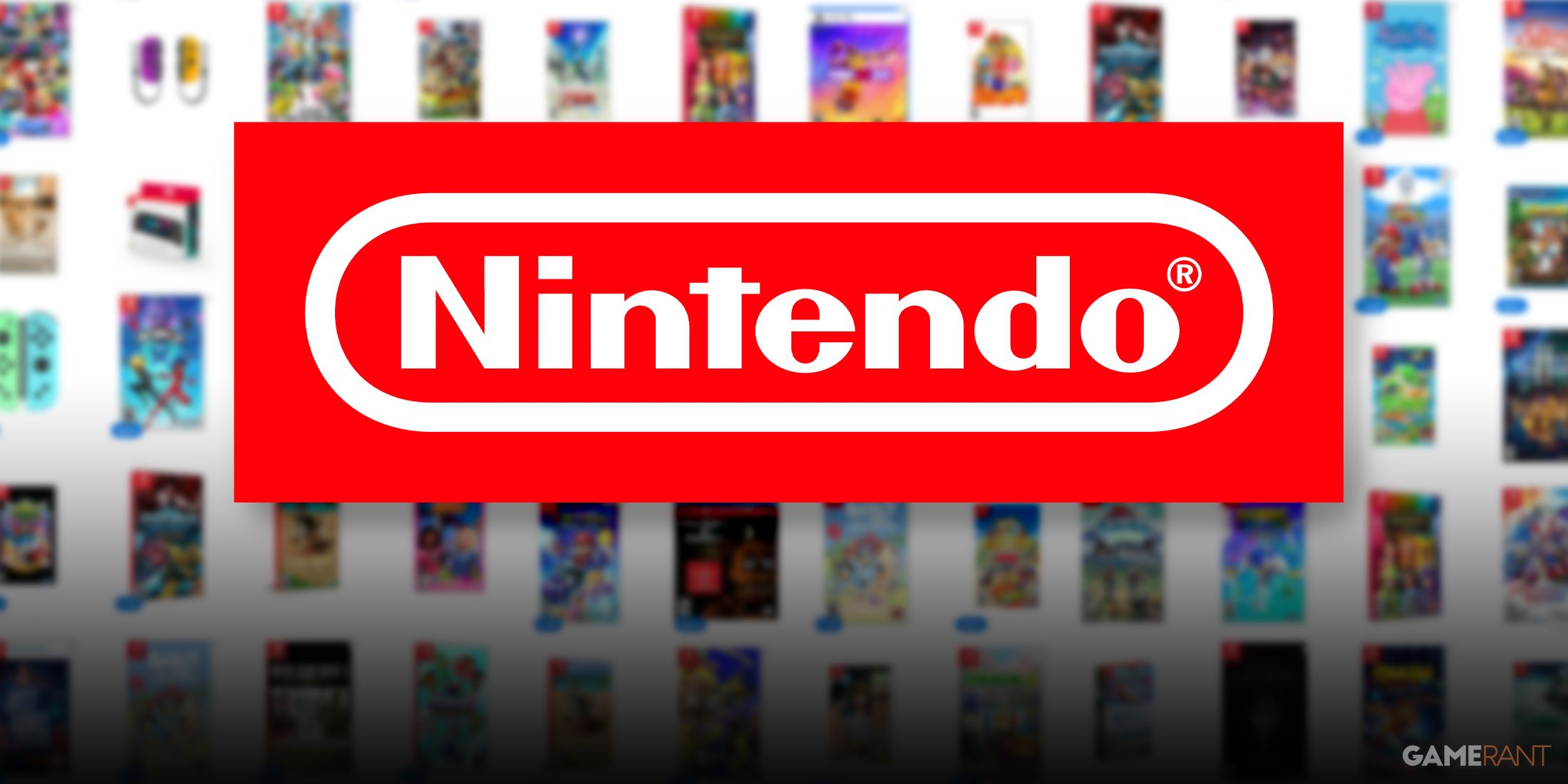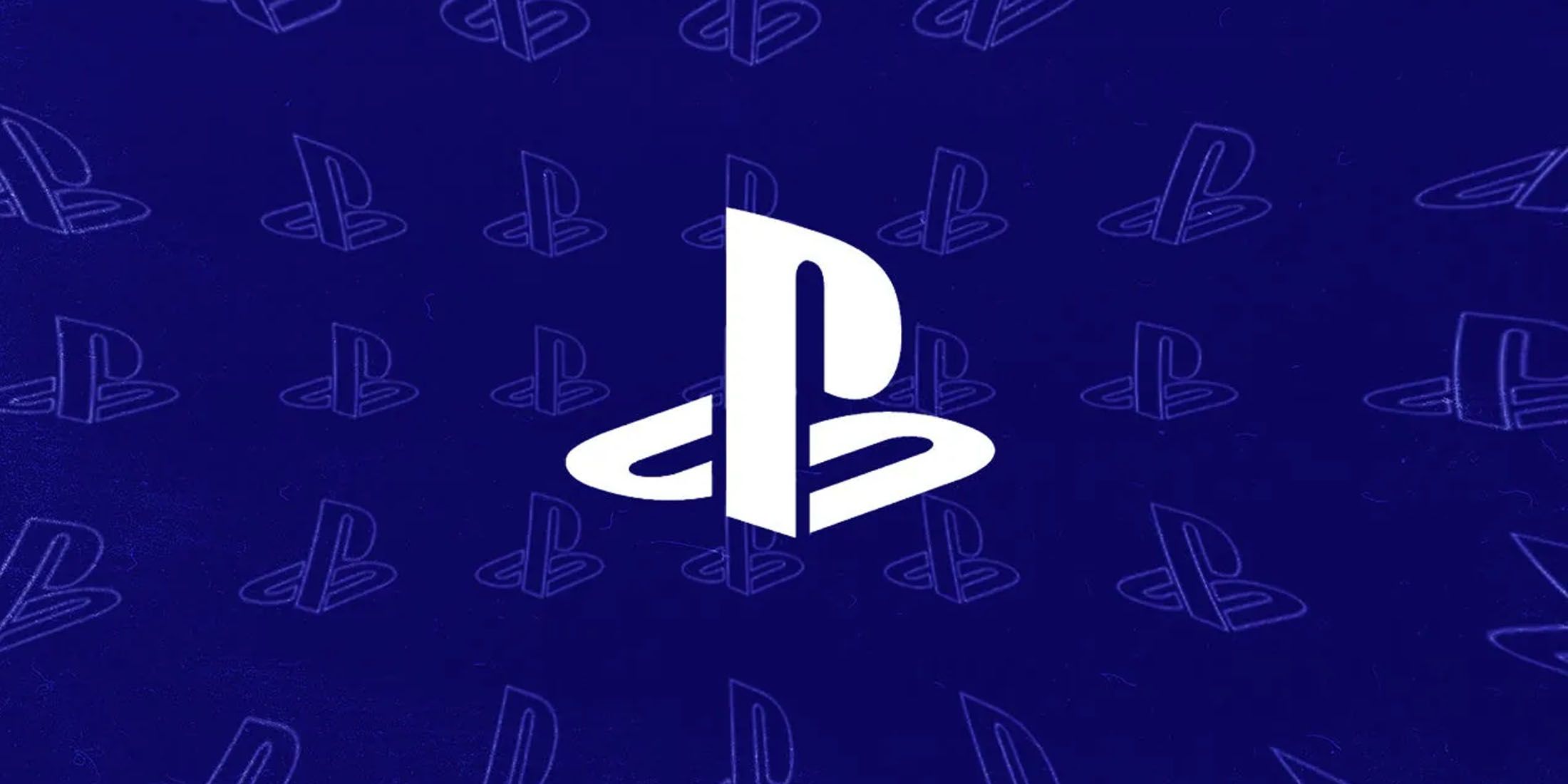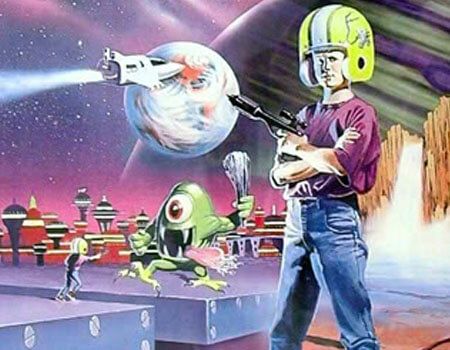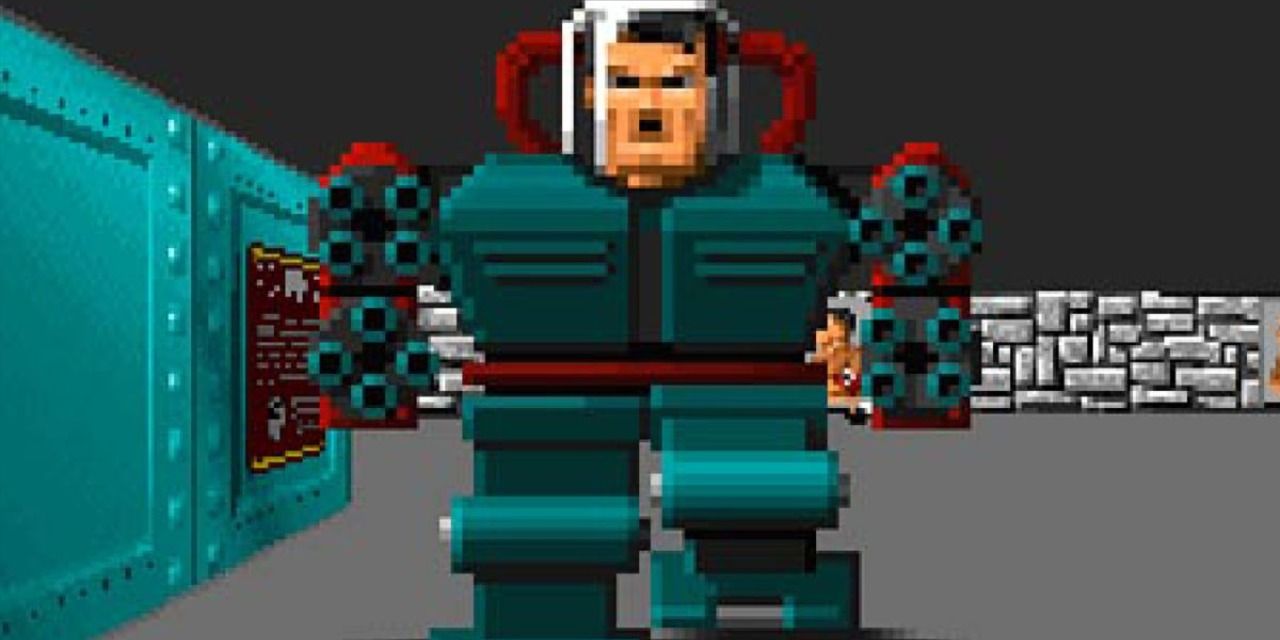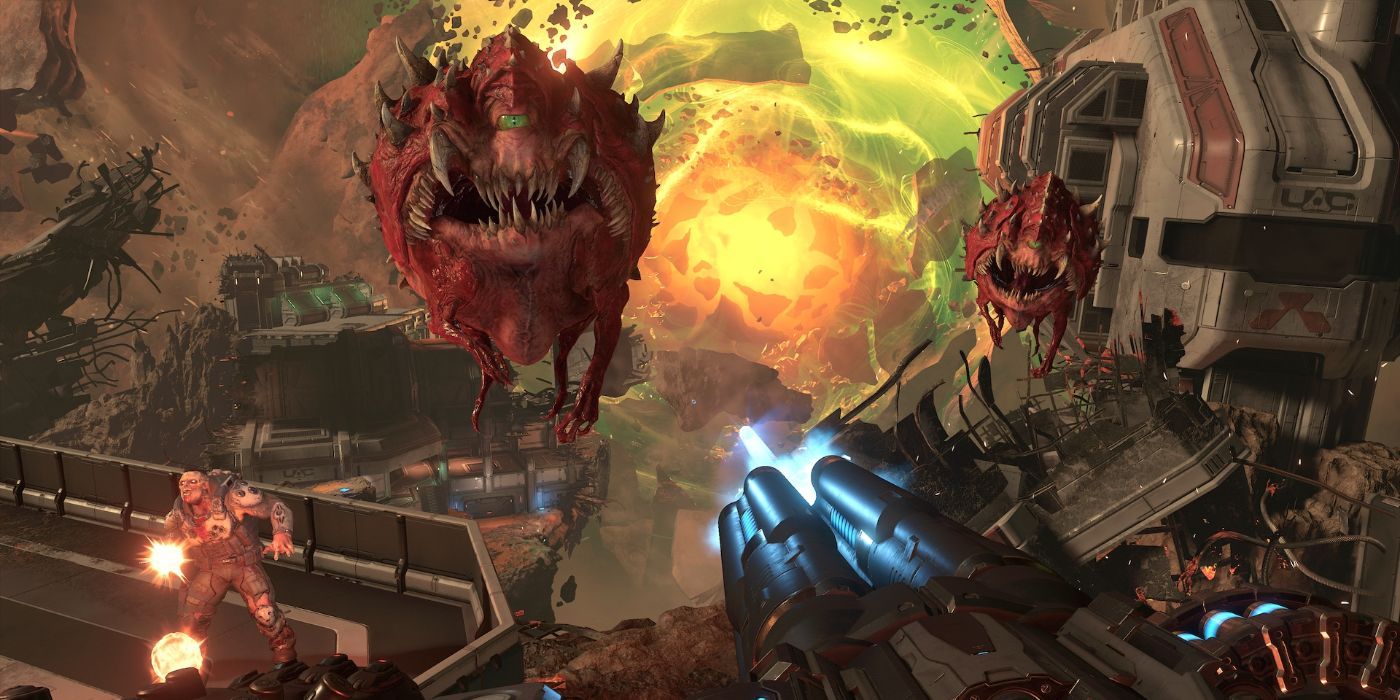Today, the video game market is an extremely diverse place when it comes to genre. Third-person action/adventures, stealth games, RPGs, JRPGs, shoot 'em-ups, brawlers, fighting games, racing games, and so much more are all available within the press of a few buttons. However, there's one genre of video games that owes much of its success to one development studio in particular: First-person shooters, and id Software.
While first-person shooters were certainly around before the company's formation, id Software is largely credited with making the genre initially popular, eventually leading to its current position as one of the dominant genres of video games. The company, starting with just a handful of fresh-faced friends, would go on to create not only one immensely popular FPS franchise, but three, all of which still hold relevance today.
The Founding of id Software
The id Software story begins in the 1980s, with John Romero, Tom Hall, and John Carmack working alongside one another at Softdisk. Employed at Softdisk to create small scale video games on a monthly basis, the team had their first taste of success with a title called Dangerous Dave, a Super Mario-inspired game that had the main character jumping up platforms to collect golden cups.
In September 1990, John Carmack discovered a technique that allowed their games to use side-scrolling graphics, a technique that had only really been used in Super Mario Bros. at that time. After a few weeks of intensive experimentation and tweaking, the team had managed to create an entire playable demo of Super Mario Bros. 3, using their Dangerous Dave character in Mario's place.
Ecstatic with their breakthrough, the team sent off their work to Nintendo. Upon seeing the demo, Nintendo reached back to the team, expressing their amazement at the achievement, before quickly telling them that they can't use Nintendo property, and that they should stop working on this project immediately.
While the final message may have been a bit blunt, the team had just received incredibly positive feedback from Nintendo. Coincidentally, just after this, a representative of Apogee Software reached out to John Romero, and the team began pitching ideas. One of the ideas that eventually came to fruition was Commander Keen, a 2D platformer that used their newly developed side-scrolling technology.
The first Commander Keen game was distributed via shareware, where essentially a demo of the game would be given for free, but the player would need to pay in order to access the full game. This model of distribution would become extremely lucrative for the company in the near-future.
Upon receiving their first paycheck, the team, now consisting of John Carmack, Adrian Carmack, and John Romero, decided to set out on their own, quickly hiring Tom Hall. The crew adopted the title of id Software, and hired Kevin Cloud, and Jay Wilbur. By February 1991, id Software was ready to change the video game landscape forever.
Creating The First, Second, and Third FPS Franchises
After founding the company, id Software immediately started work on a first-person shooter titled Wolfenstein 3D. Based on an old, primitive stealth game that the team used to play called Castle Wolfenstein, this new game would use id Software's smooth graphics-scrolling technology to render detailed 3D environments, something that no game had truly done before.
The game is fairly simple by modern standards, but for its time, Wolfenstein 3D was revolutionary. Full X-axis movement and aiming, a decent selection of unique weapons, now-iconic, slightly problematic voice lines, were unique in the gaming industry at the time. Paired with a final boss fight that's stayed in the popular gaming conscious for three decades now, Wolfenstein 3D was truly a standout experience in 1992, and would cement id Software in the gaming industry. However, id Software wasn't finished just yet.
Just a year and a half after the release of Wolfenstein 3D, id Software released Doom. Using what it had learned from its last game, id Software honed in on what fans loved about Wolfenstein, and refined those elements to perfection. The final product was a gorier, more violent sci-fi shooter that once again brought new life to the first-person shooter genre.
The shareware model previously used for Commander Keen and Wolfenstein 3D was once again used here, offering Doom's first episode for free, but locking the rest behind a paywall. This would come to be an exceptionally smart move on id software's part, as the free demo got players around the world hooked, but left just enough out of reach to have the player splashing out for the full experience.
Through word-of-mouth, and a ton of ports to various consoles over the years, Doom would quickly become the most popular first-person shooter of its time, quickly spawning sequels and countless knock-offs. Doom was so popular and innovative, in fact, that any developer's attempt to make another first-person shooter would often have it branded as just a "Doom-clone."
Id Software had struck absolute gold with its first two franchises, but the developer was still far from done, and was ready to completely reinvigorate the first-person shooter genre once more. Quake released in 1996, using a brand new, state-of-the-art 3D engine that gave players total control over both the X-axis, and the Y-axis. As opposed to Doom's predominantly straight-level stages, Quake made great use of verticality, and multiple levels, leading to an FPS experience that felt truly new to gamers of the time.
Quake was id Software's magnum opus at that stage, taking the lessons it had learned during development of Wolfenstein 3D and Doom, and applying them to create its most refined, polished, and innovative product yet. The weapon selection was expanded, the soundtrack was louder and more focused, and the overall presentation was consistent and high-quality throughout the game. The multiplayer Deathmatch mode that was in its primitive stages in Doom was fully realized in Quake, birthing a brand-new genre of multiplayer arena shooters.
Passing The Torch
All good things must come to an end, however, and due to Quake's difficult development cycle, with a constant struggle over creative control, John Romero left id Software. This led to a fracture among the once-inseparable team, and soon led to the departure of many of the original members, with many feeling as though the team lacked a true creative leader.
While the developer continued to release games, it lost much of its original clout, as while the company was credited with essentially popularizing the first-person shooter genre, it had quickly become outdone by other studios. Flash forward to 2009, and id Software is acquired by ZeniMax Media, parent company of Bethesda. In 2013, both Todd Hollenshead, who was president of id Software for 17 years, and John Carmack both left the company. But all hope wasn't lost.
While the original team is no longer working with the developer, id Software lives on with new titles based on those original legacy IPs. Both Doom (2016) and Wolfenstein: The New Order rebooted these several decade-old titles, bringing them to brand-new audiences, and keeping the spirit of the original games, and the original id Software, very much alive.


